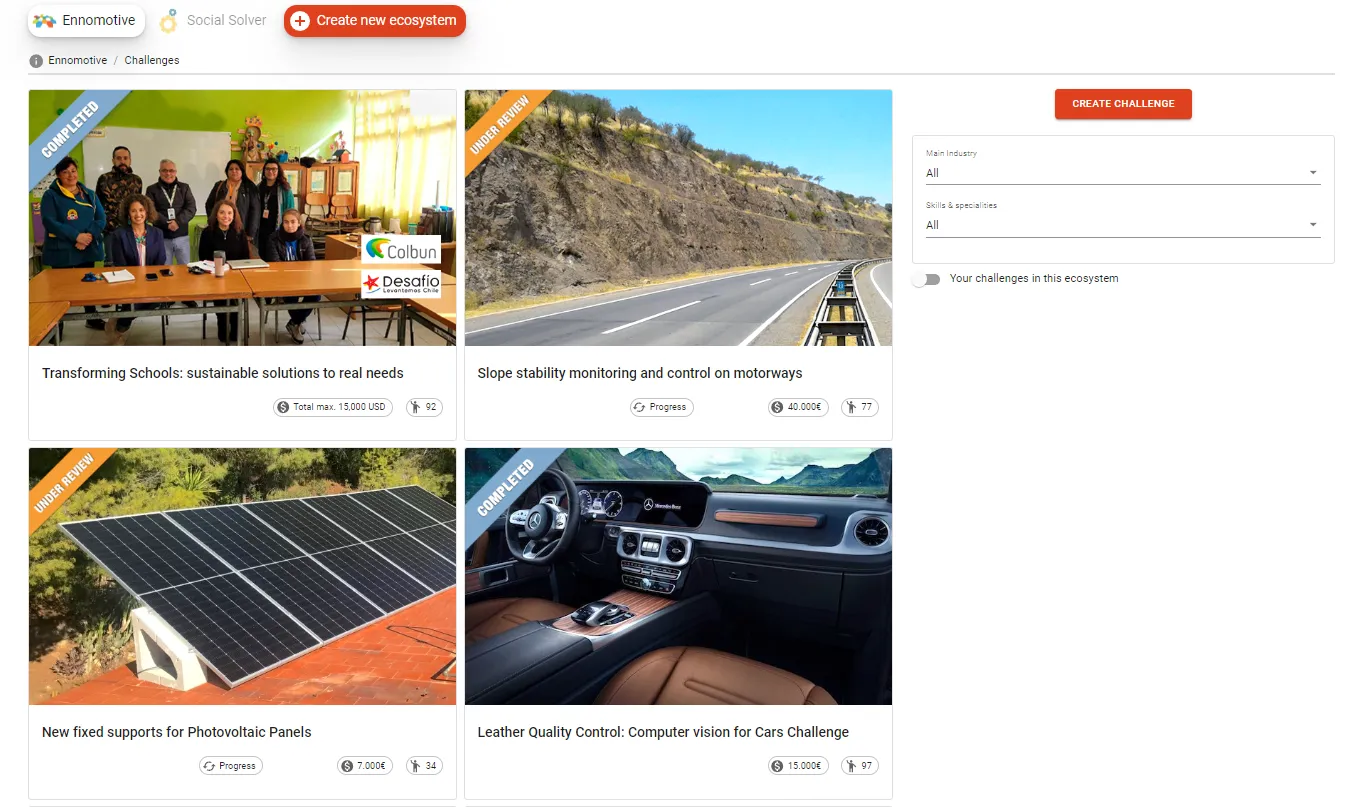Background
Pladur is the leading producer of plasterboard and drywall systems in Spain & Portugal. Founded in 1979 and combined with the strength of Uralita Group, Pladur has an in-depth knowledge of all aspects of the drywall industry from product manufacture to system design. Pladur works to continually develop and expand their range of products and services and to provide innovate new solutions tailored to the Iberian market’s needs.
The challenge
Pladur plasterboards are delivered in transportation stacks. A stack consists of one-size boards layered with packing blocks and shrink-wrapped together.
The process to pack a stack has the following steps (see video in annex):
- A robot picks and places a number of packing blocks on a conveyor. At the same time puts some adhesive on the topside of the packing blocks.
- Another robot places the stack on the packing blocks.
- An automated forklift moves the stack from to another conveyor. During this process the packing blocks are holding to the last board on the stack thanks to the adhesive. Working temperature is 190 Celsius and boards are quite hot, at 15WA.
- The new conveyor moves the stack to an automated plastic shrink-wrapping.
To reduce the weight in transportation, Pladur has introduced new packing blocks made of extruded polystyrene foam (XPS URSA). These new packing blocks reduce the weight from 1.520 grs (traditional wooden) to 168 grs each (new polystyrene foam).
However, the process is facing two issues with the new packing blocks:
- Drying time for the adhesive (15 sec) is not enough; consequently the packing blocks sometime fall down when the forklift moves the stack to the second conveyor.
- After 24 hours, if the packing blocks are taken off, the last plasterboard is damaged.
Looking at the process, some relevant times to consider around the adhesive:
- 70 sec from the adhesive application till the first board is placed on.
- 15 sec waiting until the forklift picks up the stack.
- 70 sec to move the stack between conveyors.
Note that the current equipment can use only adhesives with viscosities lower that 180.000 cPs and working temperatures under 200 Celsius.
Pladur has unsuccessfully tried to find other adhesives to be used with all kind of packing blocks (wooden and foam): KLEIBERIT PUR 703.6, PAKIKER PRESSEN 2016, EUROPANOL, H.B. Fuller Swiftmelt 7017, KLEIBERIT 728.2, SANYHOT VX8055 – VX8012 and VX8017, SANYHOT PA-0020 and SIKAMELT-9230 and PANIKER PRESSEN 796.
What the client is looking for
Pladur is willing to find a solution to be able to pack the stack using the wooden and plastic packing blocks and fix the current issues. Any kind of solution is welcome and may vary from using an efficient adhesive or propose a process change, although investment should be minimal.
Expected submission in each of the different rounds:
First round
A 1-2 pages MS Word document including:
- Brief description of the solution.
- New adhesive specification or new process with required equipment/layout.
- High level cost and/or investment
Second round
- Detailed To Be process and associated costs
- Commercial solution (adhesive, equipment…)
- Detailed business case
Third round
- Draft implementation project approach
Evaluation criteria
The evaluation criteria in each of the rounds of the tournament for the proposed solutions are:
- The proposed solution solves the issue
- Minimum or no required investment
- Feasibility evidence
Timeline
This is a 3 Rounds tournament:
- 1st round: 8 weeks + 1 week for evaluation
- 2nd round: 3 weeks + 1 weeks for evaluation
- 3rd round: 1 weeks + 1 week for final evaluation



